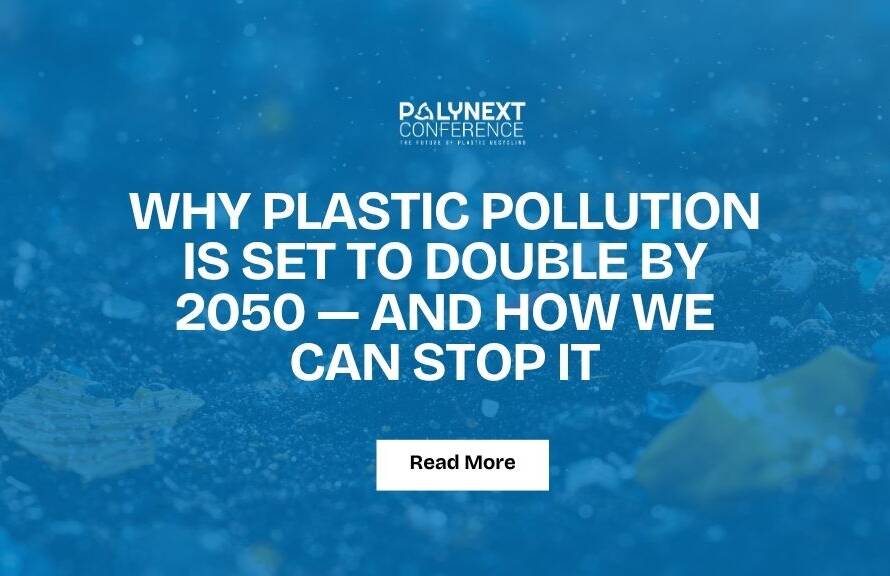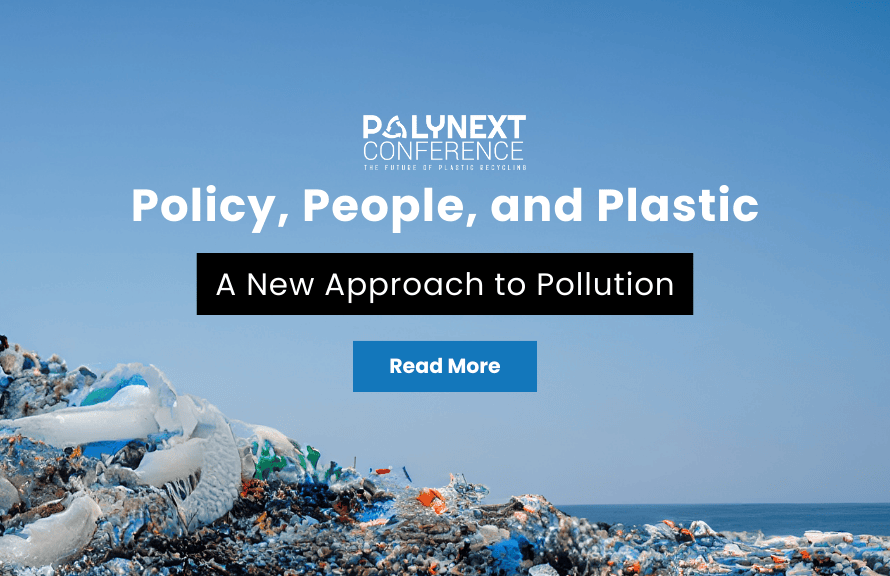Explore how plastic pollution threatens biodiversity and ecosystems, and discover innovative solutions highlighted at PolyNext 2025 in Dubai.
Plastic Pollution
Plastic pollution is more than just an eyesore—it’s a silent disruptor undermining the complexity of Earth’s ecosystems and pushing countless species toward the brink. Each year, over 14 million tonnes of plastic enter our oceans, touching even the most remote forests, coral reefs, and polar shores, with devastating consequences for the creatures and plants that call them home.
The Web of Life Under Threat
Plastic pollution impacts biodiversity at every stage of its lifecycle:
Resource extraction for plastic production destroys habitats and pollutes air, land, and water, immediately affecting plants and animals.
Production and manufacturing release toxic chemicals, while microplastics seep into soil and waterways, reducing ecosystem fertility and threatening species survival.
Disposal issues—whether through landfilling, incineration, or littering—contaminate environments with persistent waste, introducing toxins that accumulate in living organisms and disrupt food webs.
Direct Effects on Wildlife
Entanglement and ingestion: Marine life such as seabirds, turtles, seals, and fish are particularly vulnerable. Animals get trapped in plastic debris or ingest fragments, causing injury, poisoning, or death through starvation and internal blockages.
Microplastics in the food chain: As plastics break down, tiny particles infiltrate soils, rivers, and oceans, unsettling the intricate web of life. These particles are consumed by insects, birds, and larger animals, cascading effects up the food chain.
Habitat alteration: Accumulated plastic waste changes soil properties, impairs nutrient cycling, and introduces invasive species or pathogens, reducing plant growth and biodiversity.
Ripple Effects Across Ecosystems
Plastic pollution doesn’t act alone—it worsens other environmental threats:
Climate change: The plastic lifecycle, from production to disposal, releases greenhouse gases and disrupts carbon-absorbing ecosystems.
Water & soil degradation: Toxic leachates and pollutants from plastics reduce ecosystem productivity, threaten food security, and undermine water purification services.
Solutions for a Healthier Future
Addressing plastic pollution’s impact on biodiversity requires integrated action:
Circular economy strategies: Redesigning products, boosting recycling, and extending product lifespans reduce virgin resource demand and environmental footprint.
Innovation in materials: Biodegradable plastics and plastic-eating biotechnologies offer hope for cutting waste and restoring habitats.
Regulation & community initiatives: Policies limiting single-use plastics and supporting cleanups protect wildlife and promote environmental justice.
Success spotlight: In the Philippines, coastal community cleanups combined with mangrove restoration have helped endangered species like the Irrawaddy dolphin return to once-polluted waters—a reminder that recovery is possible.
Spotlight: PolyNext 2025—Pioneering Solutions for Sustainable Plastics
From October 1–2, 2025, Dubai will host PolyNext Conference 2025, a premier platform uniting innovators, scientists, and sustainability advocates to transform the plastic industry. This year’s agenda includes a dedicated track on plastics and biodiversity, exploring how advanced recycling, alternative materials, and waste management innovations can protect ecosystems and species.
Expect at PolyNext 2025:
Breakthroughs in recycling technology and sustainable packaging.
Case studies linking plastic reduction to biodiversity recovery.
Award recognition celebrating impactful environmental change-makers.
Networking to foster collaboration and accelerate solutions for a circular economy.
PolyNext 2025 bridges the gap between innovation and implementation, championing a future where plastics serve progress, not pollution. Let’s act decisively—from global conferences to local cleanups—to safeguard biodiversity and ensure plastics serve progress, not pollution.
References
IUCN- Issue Brief-Plastic pollution
Geneva Environment Network-Plastics and Biodiversity | Plastics and the Environment Series



